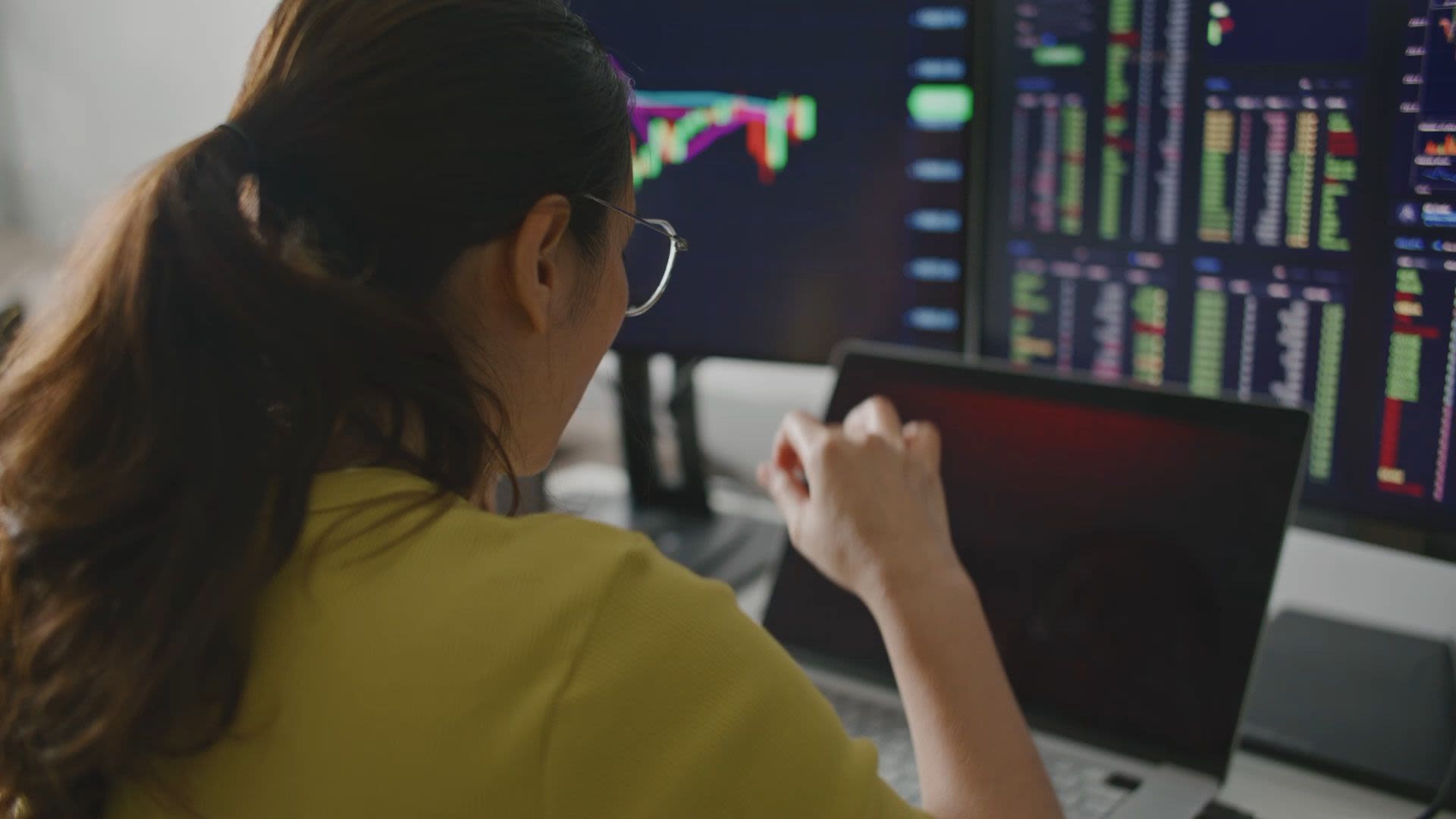Kleptocurrency:
The Crypto Heist?
Market instability has cryptocurrency investors second-guessing their portfolios

Before the cryptocurrency exchange FTX collapsed, its now disgraced CEO, Sam Bankman-Fried, signed the Giving Pledge, an initiative in which billionaires commit to donating most of their wealth to charity. The firm’s subsequent implosion brought a multitude of pending criminal charges—making it clear that Bankman-Fried was no Robin Hood—and has since sent financial markets further into turmoil. The recent shutdowns of Silvergate, Signature Bank, and Silicon Valley Bank—all predicated on risky crypto bets—have investors and regulators on high alert.
In just over a decade, cryptocurrency has evolved from a theoretical idea to one of the hottest ways to invest; but what is it, exactly? “Cryptocurrency is a type of digital or virtual currency that uses cryptography to secure and verify transactions and to control the creation of new units,” said Andrei Nikiforov, assistant professor of professional practice in the School of Business at Rutgers University in Camden. “It’s similar to how a video game might have virtual coins or tokens you can use to buy things within the game; unlike a video game, however, cryptocurrency can be used to buy real things in the real world.”

Andrei Nikiforov, assistant professor of professional practice in the School of Business at Rutgers University in Camden
Andrei Nikiforov, assistant professor of professional practice in the School of Business at Rutgers University in Camden



Using complex computer code, every transaction is securely recorded in a digital ledger called "blockchain.” This ledger is shared by everyone who uses a particular cryptocurrency.
"It is as if you and your friend both had a copy of the same notebook, and every time you added or subtracted some coins, you both wrote it down in the notebook so you could keep track of who had what," said Nikiforov. This is part of crypto’s appeal; it is decentralized, meaning it operates independently of governments or financial institutions.
Founded in 2009, Bitcoin was the first publicly available cryptocurrency, but more than 21,000 others have launched since then. 57 percent of all U.S. crypto owners are millennials, even though they make up only 30 percent of the total population. According to Pew Research, approximately 16 percent of Americans use cryptocurrency in some form.
The increasing use of cryptocurrency has multiplied opportunities for fraud and criminal activity, however. Between 2019 and 2020, cryptocurrency theft increased by 160 percent. In 2022, a record $3.8 billion was stolen from various organizations and platforms, contributing to the overall volatility of the cryptocurrency market.

In addition to an uptick in theft, the well-publicized bankruptcies of prominent market players have led many to question the legitimacy of the crypto markets. Since late last year, Congress has held multiple hearings on crypto, and President Biden’s annual economic report released in March called digital assets speculative, without economic benefit, and a risk to financial markets and investors. However, the long-term outlook for this emerging area remains to be seen.
"On the one hand, the FTX collapse highlights the lack of regulation in cryptocurrency markets and may serve to reinforce a lack of trust in digital assets by investors and authorities,” said Nikiforov. “On the other hand, the collapse may also separate the wheat from the chaff, putting more pressure on legitimate platforms to operate in a transparent and trustworthy manner."

One change many experts anticipate is for the Securities and Exchange Commission to play a more significant role in regulating crypto markets in the coming years. Regulation by the SEC has been slow to develop, with the SEC taking a "wait and see" approach. The federal government has yet to offer a formal classification of digital assets. That is likely to change, however.
“In recent weeks, the SEC has taken a much harsher stance, suing several companies and issuing new rules for handling crypto assets,” said Nikiforov. “The agency is still in the learning phase, but I expect that in a few years, the crypto market will be well-regulated, providing both investor protection and encouragement for innovation in this rapidly growing area of the capital markets.”


Creative Design: Karaamat Abdullah